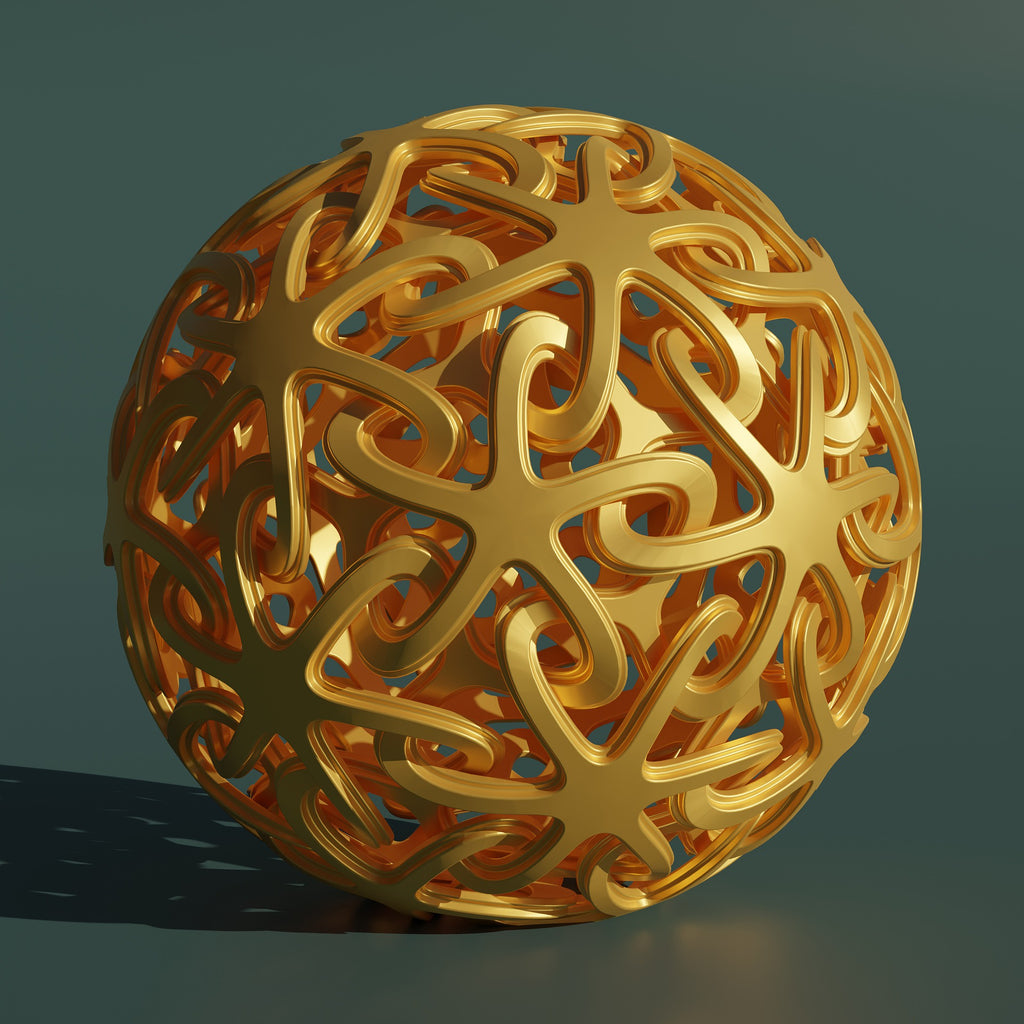The world of 3D printing has grown exponentially over the past few years, with a vast array of filaments now available to cater to different projects and applications. While many users are familiar with popular materials like PLA, ABS, and PETG, there are several specialty filaments that can open up new and exciting possibilities for your 3D printing projects. In this blog post, we will introduce you to five unusual and unique filaments, including wood-filled, metal-filled, glow-in-the-dark, conductive, and magnetic filaments, along with tips for successful printing and project ideas.
-
Wood-filled Filament
Wood-filled filaments are a fascinating blend of PLA or other thermoplastics with fine wood particles. These materials offer the appearance, tactile feel, and even the smell of natural wood while maintaining the ease of printing associated with PLA.
1.1 Printing Tips
- Print at a slightly higher temperature (190-220°C) than standard PLA to ensure proper flow and adhesion.
- Use a 0.5mm or larger nozzle to prevent clogging from the wood particles.
- Print at a slower speed to achieve better layer adhesion and detail.
- Consider using a hardened steel nozzle, as wood-filled filaments can be slightly abrasive.
1.2 Project Ideas
- Create custom wooden picture frames or decorative elements for your home.
- Design unique, personalized wooden jewelry or accessories.
- Develop intricate wooden sculptures or artistic pieces that capture the natural beauty of wood.
-
Metal-filled Filament
Metal-filled filaments are composite materials that blend PLA or other thermoplastics with metallic powders, such as copper, bronze, or stainless steel. These filaments provide the appearance and weight of metal, while remaining printable on conventional FDM 3D printers.
2.1 Printing Tips
- Use a hardened steel or ruby nozzle to prevent abrasion from the metal particles.
- Print at a higher temperature (200-230°C) than standard PLA to ensure proper flow and adhesion.
- Print at a slower speed for better layer adhesion and to reduce the risk of clogging.
- Post-process your prints by polishing, patinating, or applying other finishing techniques to achieve a desired metal finish.

2.2 Project Ideas
- Design and print custom metal jewelry, such as pendants, rings, or bracelets.
- Create decorative items or sculptures with a metallic appearance.
- Fabricate unique metal components for cosplay or props.
-
Glow-in-the-Dark Filament
Glow-in-the-dark filaments contain phosphorescent materials that absorb light and emit a soft glow when the lights are turned off. These filaments can be used to create unique and eye-catching prints that come to life in the dark.
3.1 Printing Tips
- Use a hardened steel or ruby nozzle, as glow-in-the-dark filaments can be abrasive and wear down standard brass nozzles.
- Print at a slightly higher temperature (200-220°C) than standard PLA for optimal flow and adhesion.
- Ensure your print environment is well-lit to allow the phosphorescent material to charge properly.
3.2 Project Ideas
- Create custom nightlights or illuminated decorations for children's rooms.
- Design glow-in-the-dark props or accessories for costumes or parties.
- Print unique and attention-grabbing signs or promotional materials that stand out in low-light conditions.
-
Conductive Filament
Conductive filaments are thermoplastics infused with conductive materials, such as carbon or graphene, enabling the creation of 3D printed objects with electrical conductivity. These filaments open up new possibilities for incorporating electronics and sensors into your 3D printed projects.
4.1 Printing Tips
- Conductive filaments may be more brittle than standard materials, so handle them with care during the printing process.
- Ensure a clean and well-leveled print bed for optimal adhesion, as conductive filaments may be more sensitive to bed irregularities.
- Conduct thorough tests of your printed objects' conductivity to make sure they meet your project requirements.
4.2 Project Ideas
- Design and print custom circuitry or electronic components for DIY projects or prototypes.
- Create interactive 3D printed gadgets, such as touch-sensitive buttons or capacitive sensors.
- Develop educational tools or demonstrations to teach students about electrical circuits and conductivity.
-
Magnetic Filament
Magnetic filaments contain ferromagnetic particles, such as iron, that allow printed objects to respond to magnets or exhibit magnetic properties. These filaments can add a new dimension of functionality to your 3D printed projects.
5.1 Printing Tips
- Use a hardened steel or ruby nozzle to prevent abrasion from the magnetic particles.
- Print at a higher temperature (210-230°C) than standard PLA to ensure proper flow and adhesion.
- Print at a slower speed for better layer adhesion and to reduce the risk of clogging.
- Be aware that printed objects may not be as strongly magnetic as traditional magnetic materials, but they will still interact with magnets.
5.2 Project Ideas
- Design and print custom magnetic closures or fasteners for bags, clothing, or accessories.
- Create educational tools or demonstrations to teach students about magnetism and magnetic properties.
- Develop unique magnetic toys or puzzles that utilize the attraction and repulsion of magnets.
There are countless specialty filaments available for 3D printing enthusiasts looking to push the boundaries of their projects. Wood-filled, metal-filled, glow-in-the-dark, conductive, and magnetic filaments are just a few examples of the unique materials that can bring your creations to life. By understanding the specific printing requirements and potential applications of these filaments, you can unlock new possibilities for your 3D printing projects and create truly one-of-a-kind objects. Happy printing!

